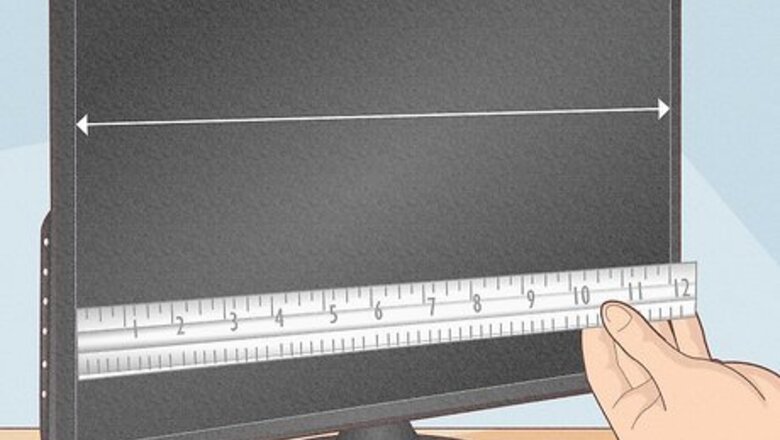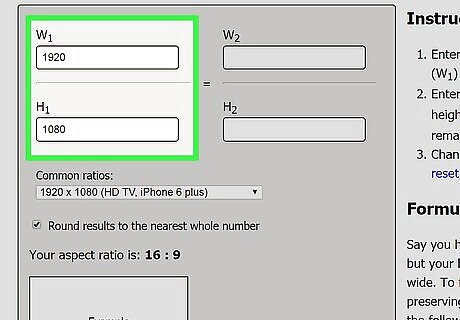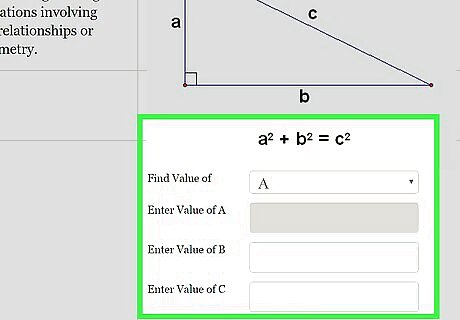
views
Determining Image Area

Measure the length of the monitor screen. Use a ruler to measure the horizontal length of the monitor from one end to the other. Don’t include the frame or structure around the monitor, measure only the viewing screen.

Measure the height of the monitor screen. Only measure the image area rather than the frame or border around the monitor. Use a ruler to determine the vertical height from the top of the screen to the bottom.

Multiply the length by the height. To find the image area, multiply the height of the monitor by the length of the monitor. Express the image area in “horizontal length x vertical height.” For instance, if the length is 16 inches (40.6 cm) and the height is 10 inches (25.4 cm), the image area can be found by multiplying 16 by 10, which equals 160 square inches.
Finding the Aspect Ratio and Diagonal Measurement

Determine the aspect ratio by comparing the length and height. Computer monitors are usually made with an aspect ratio of 4:3, 5:3, 16:9, or 16:10. To find the aspect ratio, compare the length to the height and reduce the numbers if necessary. If the length is 16 inches (40.6 cm) and the height is 10 inches (25.4 cm), the aspect ratio is 16:10. If the length is 25 inches (63.5 cm) and the height is 15 inches (38.1 cm), the aspect ratio is 25:15, which can be divided by 5 to reduce it to 5:3.

Measure the distance between opposite corners to find the diagonal. The diagonal measurement is what is usually referred to when describing the size of the monitor. Use a tape measure or ruler to find the distance between, for instance, the top left corner of the screen and the bottom right corner of the screen. Don’t include the bezel or frame that borders the screen.

Use the pythagorean theorem to determine the distance of the diagonal. If the screen is too large to measure diagonally or if you don’t want to smudge it, you can use the pythagorean theorem to find the diagonal distance. Square the screen’s height and the screen’s width, add the 2 numbers together, then find the square root of the sum, which is the diagonal measurement. For example, if the height is 10 inches (25.4 cm), multiply that by itself (10x10=100). Then, multiply the length, 16 inches (40.6 cm), by itself (16x16=256). Add the 2 numbers together (100+256=356), then find the square root of the sum (√356=18.9).


















Comments
0 comment